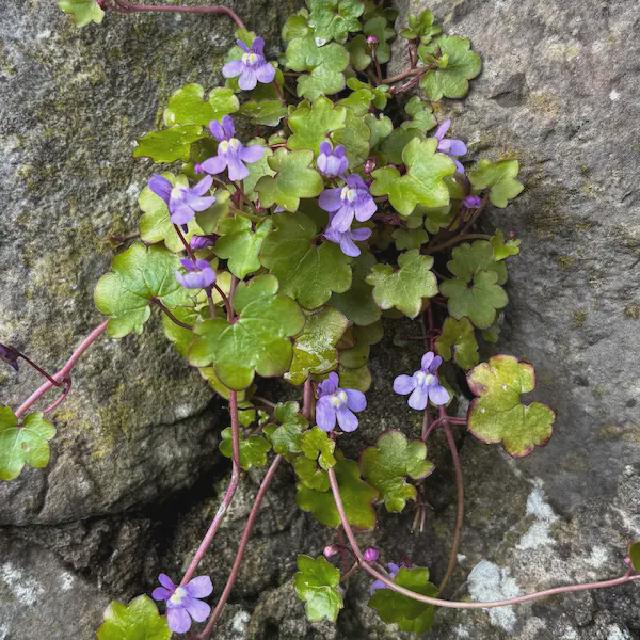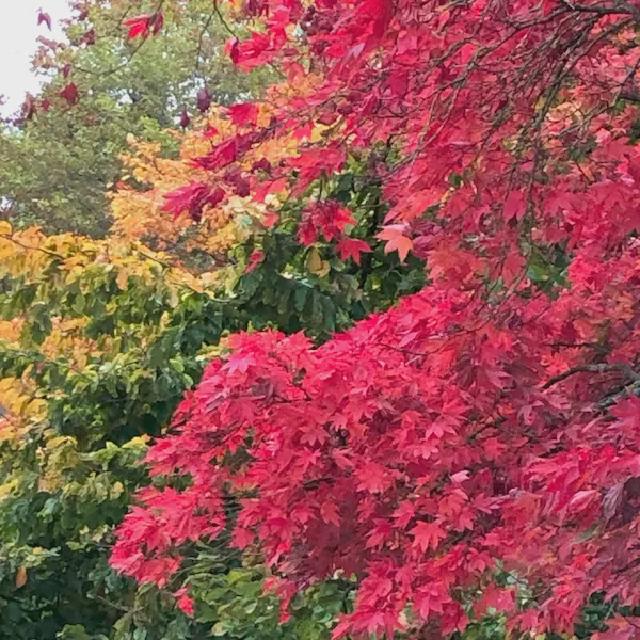What is Foxglove?
A biennial or short-lived perennial, foxgloves start their life as a basal rosette in the first year. In the second year, they produce tall flower spikes, usually purple-pink, that bloom between June and September. These plants can grow to around 2 meters tall and are often found on woodland edges and verges. They are valuable for wildlife, particularly favored by long-tongued bumblebees such as the common carder bee.
According to Roy Vickery in his book Vickery’s Folk Flora there are over 100 different names for foxgloves in the UK, with Dragon’s mouth, Goose-flops and Snoxum being among my favorites.


How to grow Foxglove in your garden
Foxglove plants are perfect for adding height and color to cottage-style gardens, and seeds are available in various colors beyond the traditional pink. They thrive in most soil types as long as the soil is not overly wet or dry. You can find out more on the RHS website.
The toxicity and medicinal uses of Foxglove
Foxglove (Digitalis purpurea) is highly toxic when ingested. Historically, however, the plant has been crucial in medicine. The cardiac glycosides in foxglove are used to make digoxin, a life-saving drug that treats heart failure and arrhythmias. Despite its medicinal value, always handle this plant with care in the garden.
Cut flowers can be placed in a tea made from the leaves to help them stay fresh longer.
Foxglove in mythology and folklore
In Wortcunning: A Folk Magic Herbal by Nigel G. Pearson, planting foxglove in the garden is said to protect both the garden and the home. The book also states that to prevent evil from entering the house, a dye obtained from the leaves can be used to paint crossed lines on the floor.



